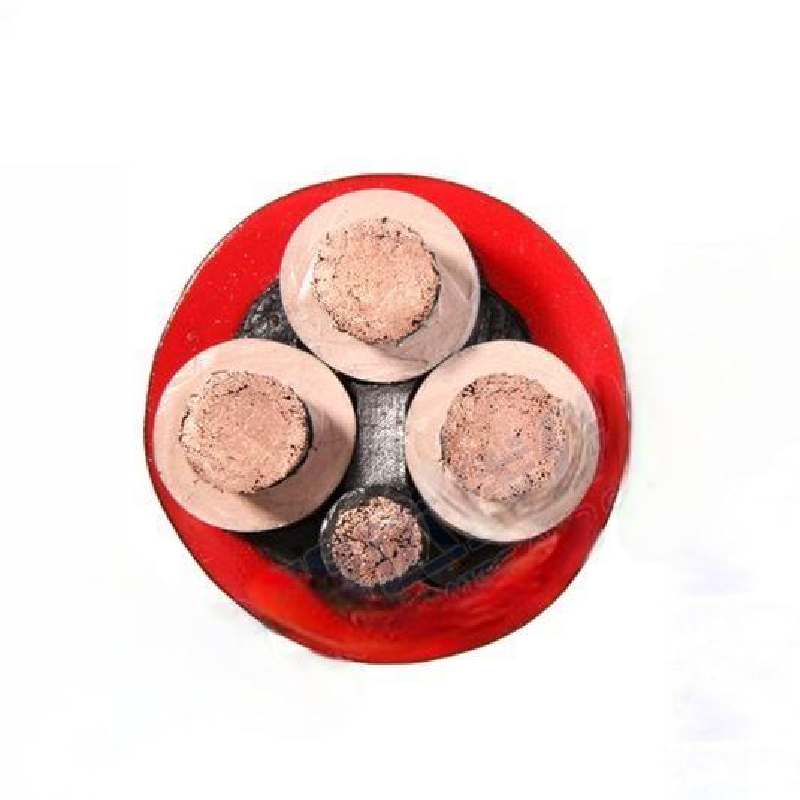ಡಿಸೆ . 21, 2024 04:34 Back to list
swing check valve flange type
The Importance and Functionality of Swing Check Valve Flange Types
In the realm of fluid dynamics and mechanical engineering, valves play a crucial role in controlling the flow of liquids and gases in piping systems. Among various types of valves, swing check valves are particularly vital, especially in applications requiring minimal pressure drop and efficient flow management. This article explores the significance, functionality, and advantages of swing check valves with flange types.
What is a Swing Check Valve?
A swing check valve is a one-way valve that allows fluid to flow in a single direction. Its design features a hinged disc or flap that swings open when the fluid flows through it and closes when flow reverses. This prevents backflow, helping to protect equipment and ensure operational safety within fluid systems. Because of their self-activating nature, these valves do not require any external power source, making them an efficient choice for many applications.
Flange Types in Swing Check Valves
The flange type refers to the method by which the valve is connected to the piping system. Flanges are protruding edges, usually made of metal, that allow for easy attachment and secure fastening through bolts. They are commonly used to connect pipes, valves, pumps, and other equipment in various industrial systems.
The most widely used flange types for swing check valves include
1. Standard Flanges These are flat flanges that provide a strong connection and are designed to be bolted to corresponding flanges on the piping.
2. Raised Face Flanges Featuring a slightly raised center section, these flanges help create a better seal when connected to another flange, improving leak prevention.
3. Ring Type Joint (RTJ) Flanges These feature grooves that accommodate a metal ring seal, offering high pressure and temperature resistance, ideal for demanding applications.
4. Welding Neck Flanges With a tapered neck, these flanges are welded to the pipe, ensuring a smooth transition from the valve to the pipeline, which enhances flow characteristics.
5. Slip-on Flanges These flanges can slide over the pipe, requiring welds only on the exterior. They are easier to install but need careful alignment.
swing check valve flange type

Selecting the right flange type is crucial as it affects the performance, ease of installation, and maintenance of the swing check valve within a system
.Applications of Swing Check Valves
Swing check valves with flange connections are commonly used in various industries, including
- Water and Wastewater Treatment They prevent backflow, ensuring that treated water does not mix with untreated effluent. - Oil and Gas These valves safeguard pipelines and pipelines by preventing the backflow of chemicals and hydrocarbons, which could cause contamination or damage. - Power Generation In power plants, swing check valves maintain proper flow direction in cooling systems and other fluid transport applications. - HVAC Systems They help regulate temperature control systems by controlling the flow of heating or cooling fluids, improving overall energy efficiency.
Advantages of Swing Check Valve Flange Types
1. Efficiency Swing check valves are designed to minimize pressure drop, allowing for smooth fluid flow and energy conservation.
2. Durability The robust design and construction of flange types enhance the longevity of the valve, even under harsh operating conditions.
3. Easy Maintenance Flanged connections facilitate quick installation and removal for maintenance or replacement, reducing downtime in industrial operations.
4. Cost-Effectiveness With a straightforward design and the absence of complex mechanisms, swing check valves provide a reliable and economical solution for fluid control.
5. Versatility Available in various materials (such as stainless steel, brass, and plastic), swing check valves can accommodate different fluids, including corrosive materials, making them suitable for a vast range of applications.
Conclusion
In conclusion, swing check valves with flange types are integral components in multiple industries, ensuring efficient and safe fluid control. Their straightforward operation, combined with reliable performance and ease of maintenance, makes them a preferred choice for engineers and designers alike. Understanding the various flange types and their applications helps in selecting the most appropriate valve for specific projects, contributing to the overall efficiency and safety of industrial operations. As technologies advance and industry needs evolve, swing check valves are likely to see further innovations, enhancing their effectiveness in fluid management systems.
Share
-
Reliable Wafer Type Butterfly Valves for Every IndustryNewsJul.25,2025
-
Reliable Flow Control Begins with the Right Ball Check ValveNewsJul.25,2025
-
Precision Flow Control Starts with Quality ValvesNewsJul.25,2025
-
Industrial Flow Control ReliabilityNewsJul.25,2025
-
Engineered for Efficiency Gate Valves That Power Industrial PerformanceNewsJul.25,2025
-
Empowering Infrastructure Through Quality ManufacturingNewsJul.25,2025